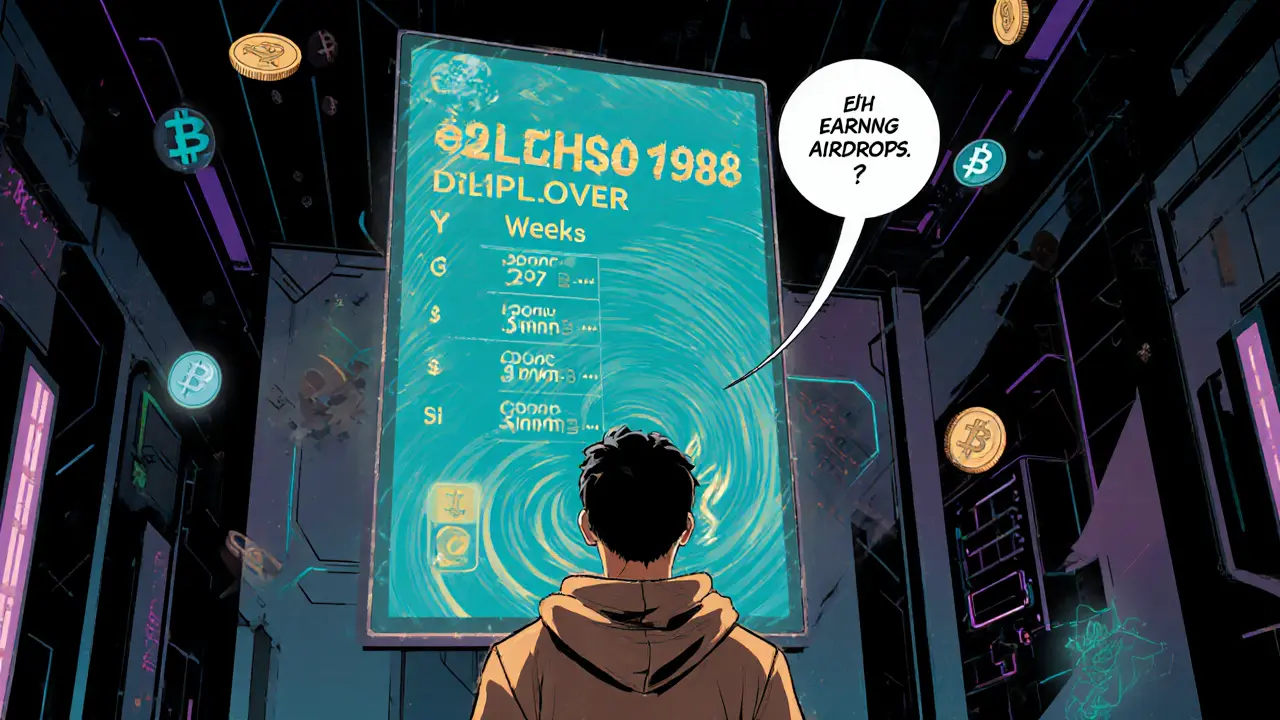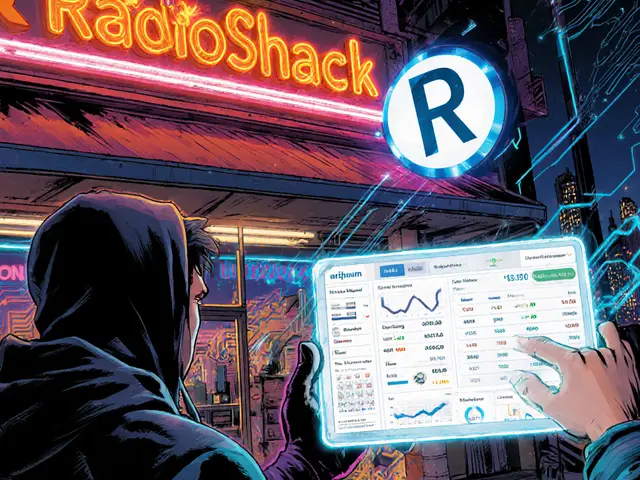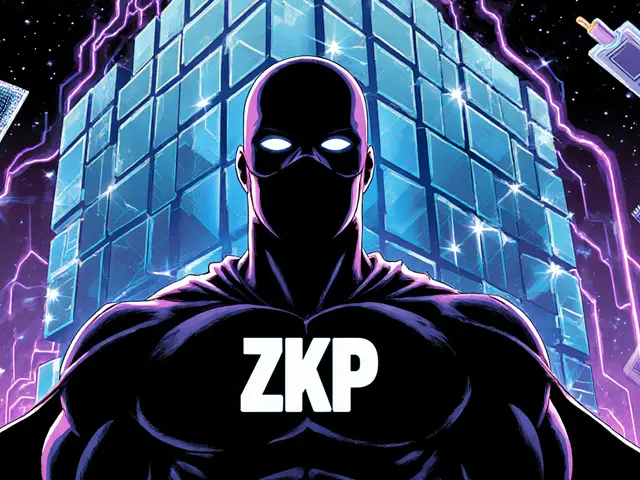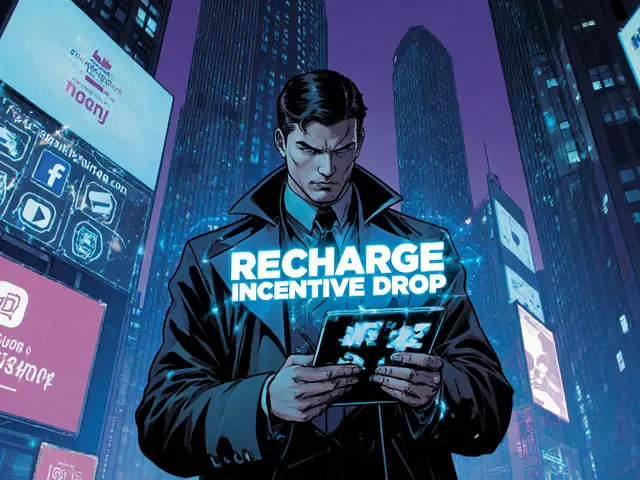Liquidity Rewards: What They Are and Why They Matter
When working with Liquidity Rewards, earnings you receive for providing assets to a liquidity pool in a decentralized finance (DeFi) protocol. Also known as Liquidity Mining, they encourage users to lock capital, keep markets fluid, and boost token utility.
In practice, Staking Rewards, regular payouts for holding and delegating tokens in a proof‑of‑stake network often sit side by side with liquidity incentives. While staking locks a single token to secure a blockchain, liquidity rewards lock two or more tokens in a pool, letting traders swap without a central order book. This difference means you can earn on both fronts, but you also need to manage separate risk profiles.
Yield Farming, the practice of moving assets across multiple pools to chase the highest APR takes liquidity rewards a step further. You might start by supplying USDC‑ETH to a stable‑swap, then redeploy the earned tokens into a high‑yield farm on another platform. The key idea is that liquidity rewards are the fuel that powers yield farming strategies, turning simple pool participation into a dynamic profit‑chasing game.
All of this runs on DeFi Protocols, smart‑contract platforms that automate lending, swapping, and reward distribution. Each protocol defines its own tokenomics: how many reward tokens are minted, the decay schedule, and any boost mechanisms like holding governance tokens. Understanding a protocol’s tokenomics helps you estimate future reward rates and decide whether a program is sustainable or just a short‑term promotion.
Many projects also sprinkle Airdrop Incentives, one‑off token drops for early liquidity providers into their reward schemes. These airdrops act as a sweetener, turning a regular liquidity reward into a potentially lucrative windfall. However, airdrop eligibility often ties back to how long you kept your assets in the pool and how much you contributed, so the two reward types are tightly linked.
Before you chase the highest APY, watch out for common pitfalls. Impermanent loss can erode your capital when the price ratio of the pooled assets shifts dramatically. Lock‑up periods might prevent you from withdrawing during market dips, and some reward tokens have low liquidity, making it hard to convert them to cash. A quick risk check—compare token liquidity, contract audits, and community reputation—can save you from nasty surprises.
When evaluating a liquidity reward program, look at three key metrics: the annual percentage rate (APR) after fees, the total value locked (TVL) which signals pool depth, and the reward token’s market depth. A high APR with a tiny TVL often means the pool is thin and price impact will be large. Conversely, a moderate APR on a deep pool can provide steadier, more reliable earnings. Use these data points to pick programs that match your risk tolerance and time horizon.
Armed with this foundation, you’ll find the collection below packed with detailed guides—coin deep‑dives, exchange reviews, airdrop claims, and tax tips—all tied to the world of liquidity rewards. Dive in to see how each piece fits into the bigger picture and start shaping your own reward strategy.

Learn why Divergence hasn't launched a classic airdrop, how DIVER tokens were distributed via a Dutch auction, and step-by-step ways to earn rewards through liquidity provision.
Continue Reading





